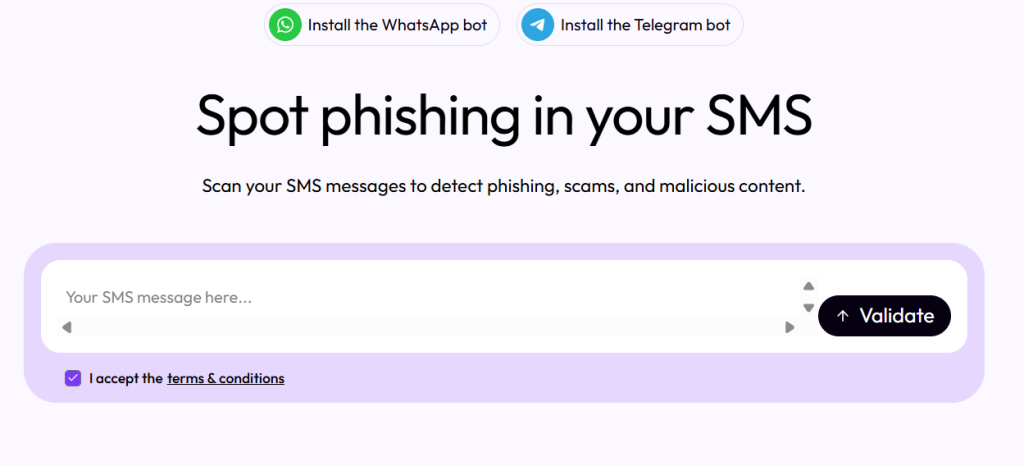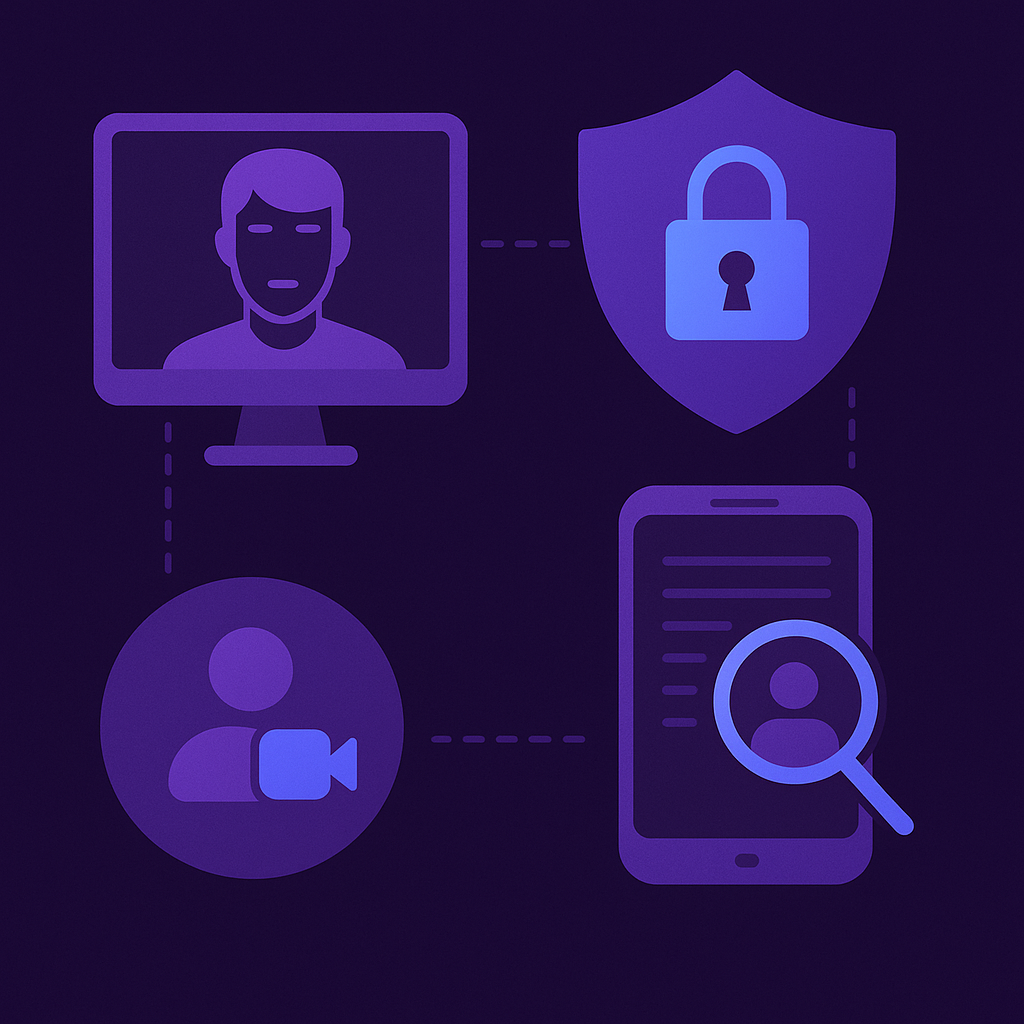1. The Evolution from Email to Multi-Channel Attack Surfaces
Where once email alone was the focus, threat actors now operate across Zoom, Microsoft Teams, Slack, WhatsApp, CRMs – anywhere communication happens. In its launch announcement, Cyvore describes this shift as attackers “moving with” users into hybrid, live collaboration environments. These platforms are increasingly the locus for social engineering, impersonation, deepfake attacks, and lateral phishing. A compromised session in video or messaging can bypass many traditional email-centric security controls.
2. The Human Factor Still Rules
In 2025, phishing remains the top initial access vector in cyberattacks. The average cost of a phishing-related breach is reported at $4.88 million.
Business Email Compromise (BEC) alone was responsible for billions in losses (e.g. $2.7B in 2024 in the U.S.).
Other trends to watch:
- Phishing volume is rising year-over-year. For example, KnowBe4 reports a 17.3% increase in phishing emails, and 47% more attacks bypassing Microsoft’s native defenses.
- Many attacks now evade secure email gateways (SEGs) and DMARC filters.
- Emerging tactics like quishing (QR code phishing) and LLM-enabled phishing messages are proving to be nearly as effective as traditional attacks, while being harder to detect by automated systems.
- Academic work also raises doubts about the real-world efficacy of phishing training alone: a large-scale reproduction study found that mandatory training had negligible effects on click or reporting rates in practice.
The picture is clear: humans remain the most vulnerable link, and hybrid work tools expand the vectors attackers can exploit.
Cyvore’s Strategic Edge in Workspace Security
Cyvore’s approach is uniquely architected for this new threat paradigm. Here’s how:
AI-Driven Threat Intelligence + Behavioral Analytics
At its core, Cyvore fuses AI, machine learning, and behavioral analytics to detect, investigate, and neutralize threats before they compromise organizations.
Key modules include:
- OPR (Optical Phishing Recognition):
This module uses visual scanning to detect impersonation, layout manipulation, and fraudulent interfaces. It mimics human visual perception to catch zero-day phishing campaigns that slip past traditional engines. - TIAO (Threat Intelligence Autonomous Operation):
Continuously monitors threat actor activity (including dark web leaks), connects indicators of compromise, and enables a proactive posture. - DAN (Data Analysis NLU Engine):
Uses natural language understanding to spot fraud schemes, social engineering cues, and anomalous behavioral signals in text-based communications.
Combined, these allow Cyvore to go beyond prevention – enabling active threat investigation and correlating fragmented alerts into a full attack narrative for faster, more effective response.
End-to-End Workspace Coverage
Unlike point solutions targeting only email, Cyvore covers:
- Email phishing and BEC
- Chat / messaging platforms
- Video calls, shared files, and collaboration tools
- CRM and business applications
- Supply chain / vendor risk
It is engineered to secure “every conversation, channel, and platform” within an organization’s workspace ecosystem.
Market Validation
- Cyvore recently emerged from stealth with $2.5 million in pre-seed funding to address these workspace threats.
- They won 3rd place in the 2025 Tech1 Competition, signaling recognition in Israel’s cybersecurity ecosystem. cyvore.com
- Cyvore also offers a browser extension that alerts users when they click on suspicious links (without storing user data), showing early usability proof points.
What This Means for CISOs
Given the evolving threat landscape, here are strategic imperatives for CISOs and security leadership:
1. Reframe Security Scope: Protect the Workspace, Not Just the Network
Legacy architecture segregated networks, endpoints, and email. Today’s attacks demand a unified approach – defense must envelop every communication channel within the workspace, not just at the perimeter.
2. Assume Prevention Is Insufficient
While prevention (filters, gateways, firewalls) remains necessary, real attackers will bypass them. The ability to automatically detect, investigate, and respond to threats in motion is now a baseline requirement.
3. Integrate Threat Intelligence and Behavioral Context
Isolated alerts (“click on malicious link”) are insufficient. Security teams need attack context, cross-channel correlation, and narrative-level insights to respond meaningfully. Cyvore’s models offering unified, behavior-based threat views are built for this.
4. Reevaluate Training as a Sole Solution
Phishing training is vital but insufficient in isolation. As research suggests, training alone hasn’t reliably reduced click rates in real-world settings.
CISOs must architect layered defenses where training is amplified by detection, response, and automation capabilities.
5. Prioritize Leadership Focus on Fraud & Impersonation Risks
Because fraud campaigns often impersonate executives or trusted third parties, board-level attention is critical. As Cyvore highlighted in interviews, deepfake-based impersonation in video calls is no longer hypothetical – it’s happening today. ctech
6. Tailor Metrics & KPIs
Shift metrics from “number of messages blocked” to more meaningful indicators:
- Time to detect and respond
- Number of attacks that escalated to full breach
- Attack campaign correlation across channels
- Reduction in false positives and alert fatigue
Conclusion
For today’s CISO, defending your organization means defending the workspace itself. The age of email-only security is over. Attackers have followed users into video, chat, collaboration, and business tools – and the proof is in the rising numbers.
Cyvore is built precisely for this battlefield, leveraging AI, visual recognition, behavioral analytics, and threat intelligence to protect communication at every level. For CISOs facing an evolving threat landscape, layering prevention with automated, context-aware response is no longer optional – it is essential.
If you’re exploring how to strengthen your defense posture across email, messaging, calls, and apps, reach out to Cyvore to see how we help secure the workspace end-to-end.





